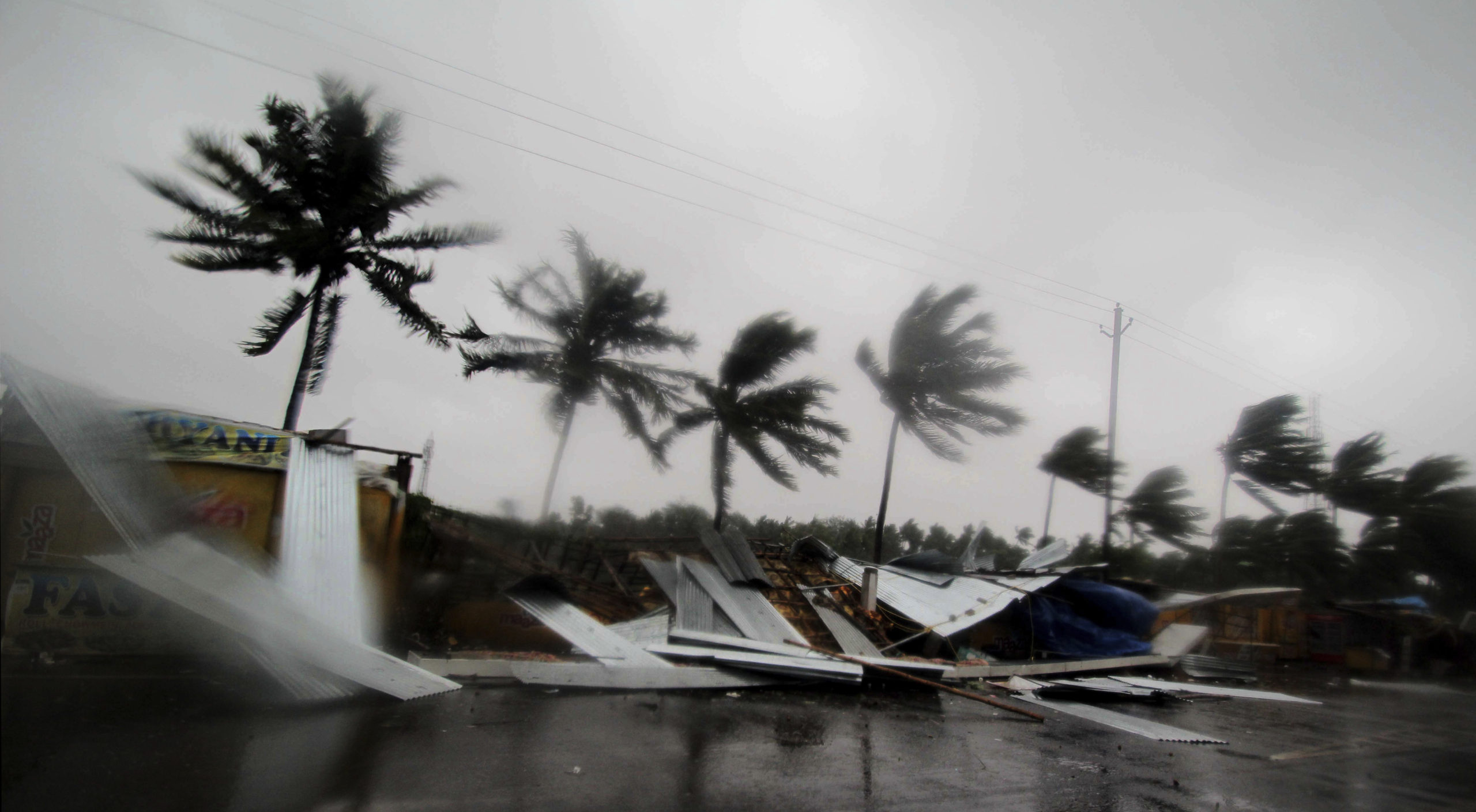NEW DELHI: India Meteorological Department (IMD) Director General Mrutyunjay Mohapatra on Thursday said that the department will soon launch a dynamic, impact-based cyclone warning system, aimed at minimising economic losses and damage to property due to the cyclones that hit Indian coasts every year.
The post-monsoon months of October and November offer favourable atmosphere and sea conditions for the occurrence of cyclonic storms, which mainly affect coastal Andhra Pradesh, Odisha and West Bengal on the east coast and Gujarat on the west coast.
Mohapatra pointed out that the damage caused to infrastructure due to cyclones is increasing the world over. “With India’s growing economy, we aim to reduce the damage and economic losses caused to property and infrastructure. The dynamic, impact-based cyclone warning will be commissioned from this season,” he said.
As part of the new system, location or district-specific tailored warnings, which factor in the local population, infrastructure, settlements, land use and other elements, will be prepared and disseminated. All disaster management agencies will make extensive use of cartographic, geological and hydrological data available for the district concerned.
The NDMA has taken up a project, titled “National Cyclone Risk Mitigation Project (NCRMP)”, under which it is developing a web-based Dynamic Composite Risk Atlas (Web-DCRA) in collaboration with the IMD and governments of coastal states.
Earlier in the day, the IMD organised an online pre-cyclone exercise meeting under the chairmanship of the Director General, to review the preparedness, take stock of requirements, plan for the cyclone season October-December, 2020 and share new initiatives by the IMD with stakeholders.
Cyclones are multi-hazardous in nature and thus, cause heavy rain, strong winds and storm surge over the affected region simultaneously and in their wake, the associated property loss can be huge. This can be in the form of damage to houses and roads, farms and agriculture lands, public infrastructure, and power and telecommunication lines, adding to the overall economic burden for the affected families, local administrations and state governments.
With improved technology and increased use of satellite-guided data in recent years, the IMD has managed to better forecast cyclones and issue timely warnings. Advance and accurate cyclone predictions, combined with efforts from disaster management agencies, have also significantly contributed to bring down the cyclone mortality rate over the years.
Source: IANS


